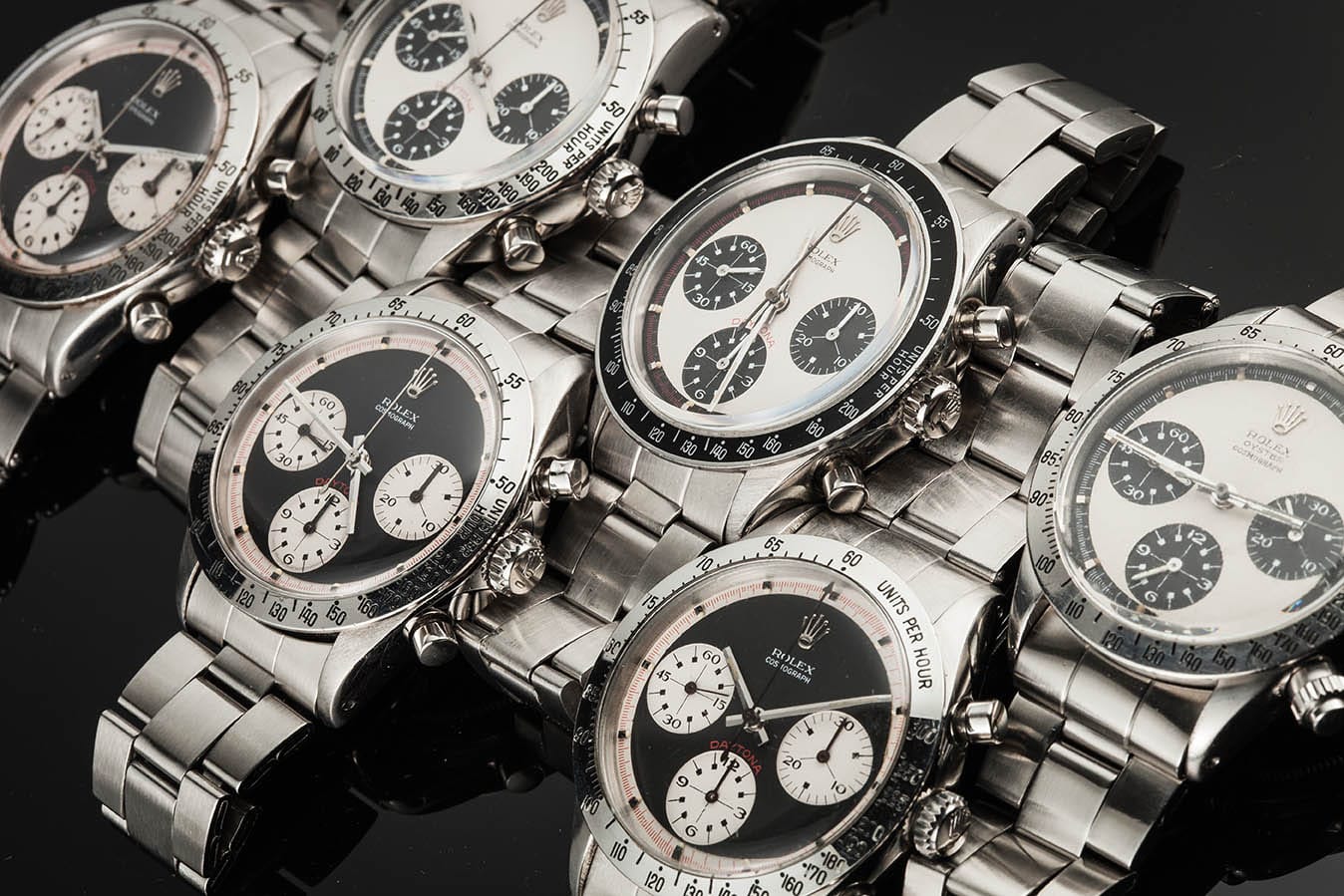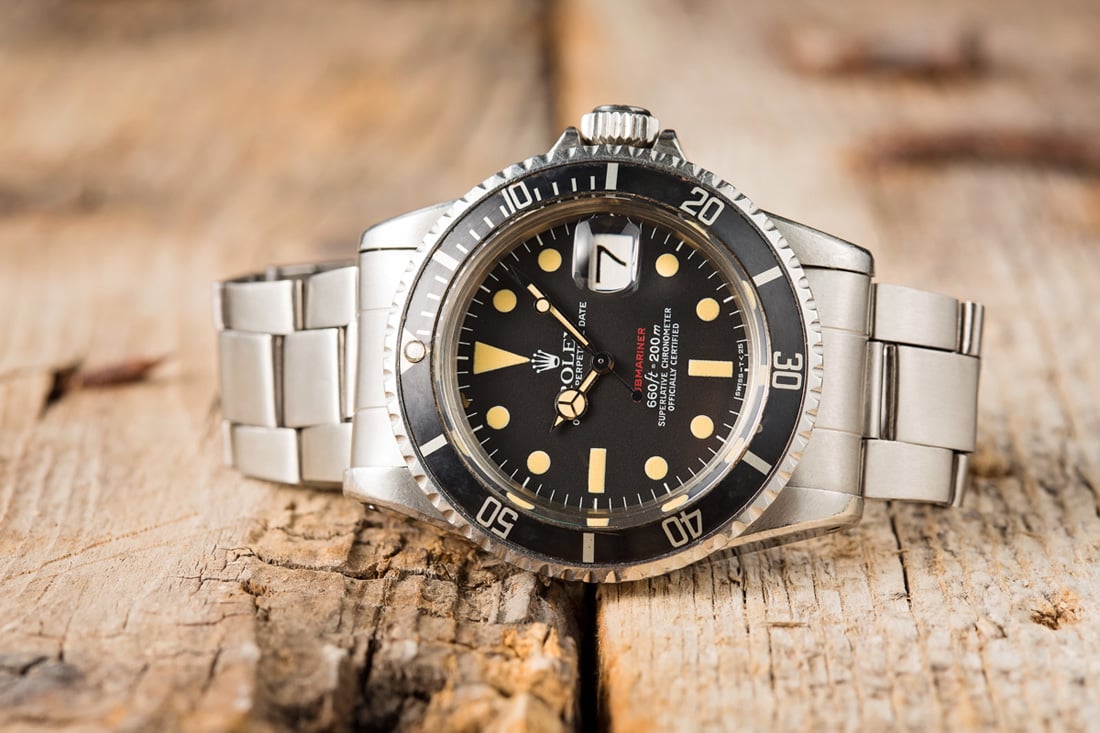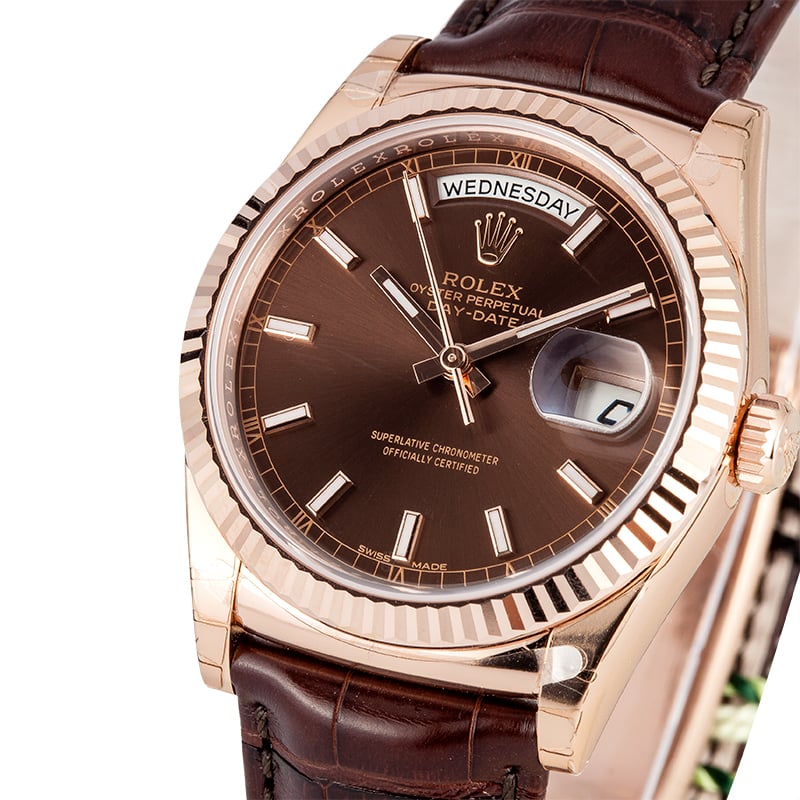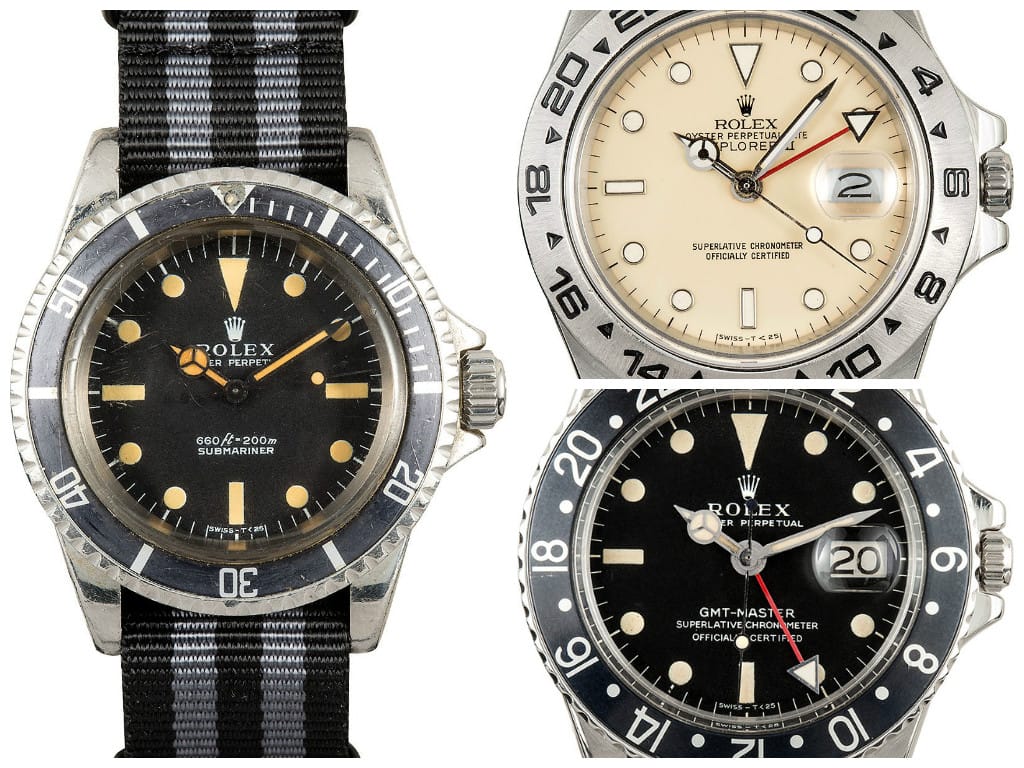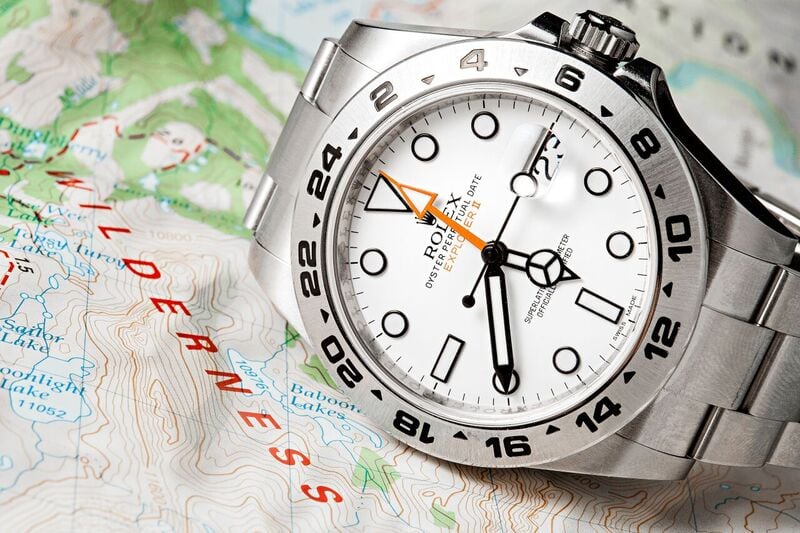Say the word ‘Rolex’ in a crowd of watch nerds and it’s even money the Cosmograph Daytona is the first watch that comes to their mind. Certainly if you say ‘Daytona’ to anyone but the most hard core stock car fan and it’s likely a person will think Rolex before they think Florida beach town.
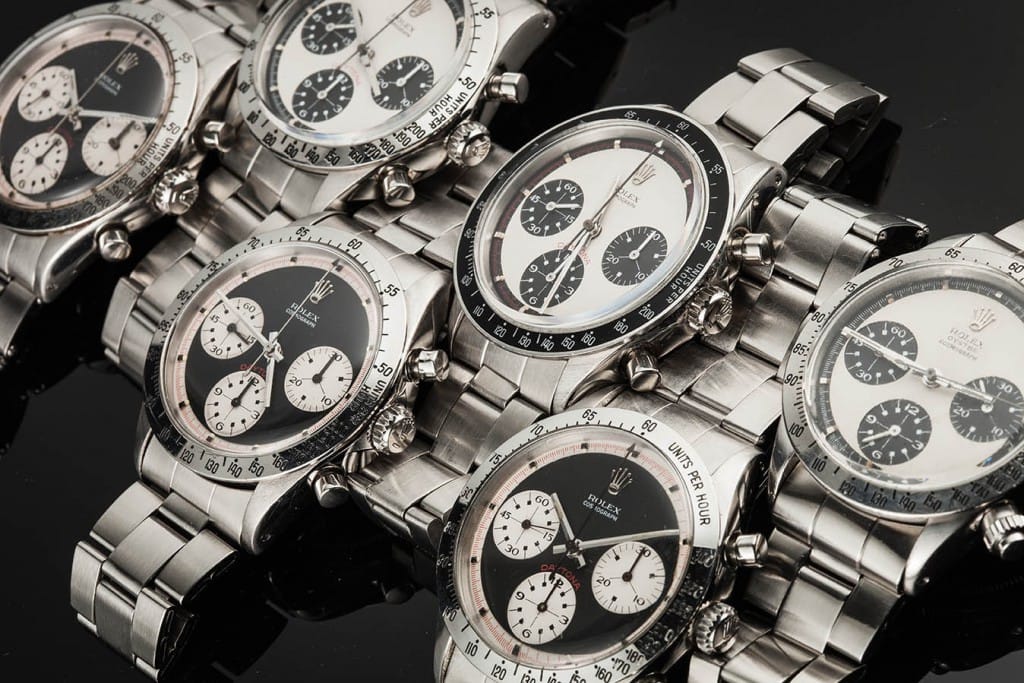
And so the Cosmograph Daytona, which debuted in 1963 with ref. 6239, is the stuff of legends. It’s THE Rolex chronograph. With a wink and a nod to the Yacht-Master II with its count-down timer, the Daytona is the only chronograph Rolex makes.
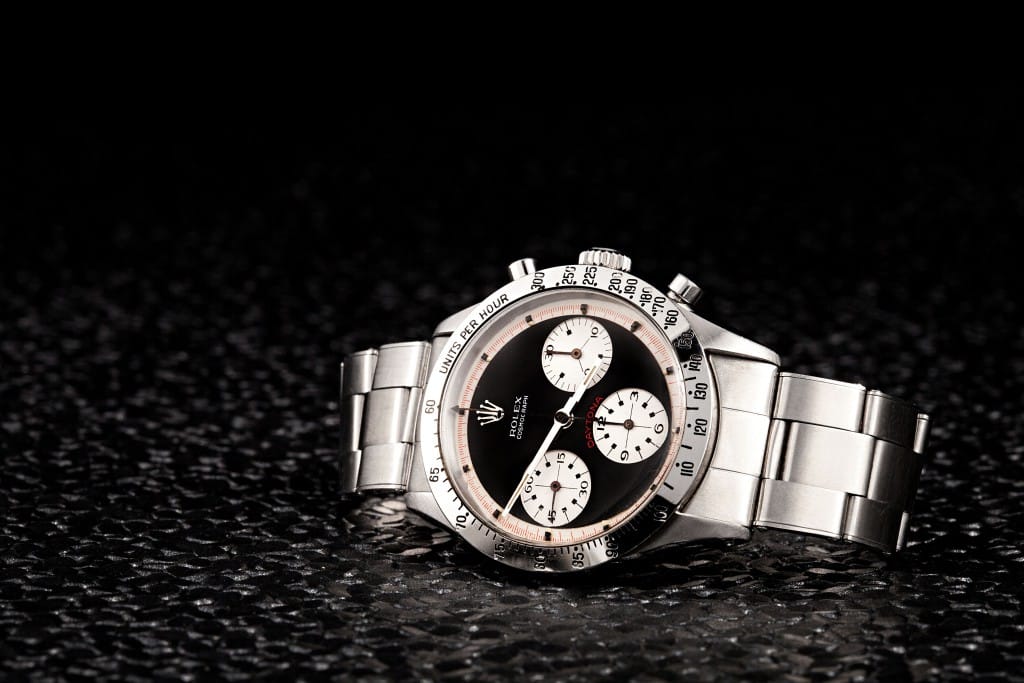
But Rolex was making chronographs long before the Daytona. Indeed, by the time ref. 6239 appeared, they’d been making timers for a quarter century. The first one – actually, the first five – debuted in 1937, in fact. A few years later, in the midst of WW II, the first Oyster Chronograph appeared.
And of course, the lore of the Rolex chronograph is not complete without the retelling of the Great Escape. Legend (and fact?) has it that several Rolex chronographs – sold to Allied prisoners on credit extended by Hans Wilsdorf himself – were used in the timing of the escape.
And then we come to “The Killy.” There were five rather complicated references manufactured for a twenty year period from the mid-1940s to the mid-1960s. These were reference 4767, 4768, 5036, 6036, and 6236. These references are collectively known as “Killys,” for famed ski racer Jean-Claude Killy, the 1968 Olympic champion and long-time Rolex board member.
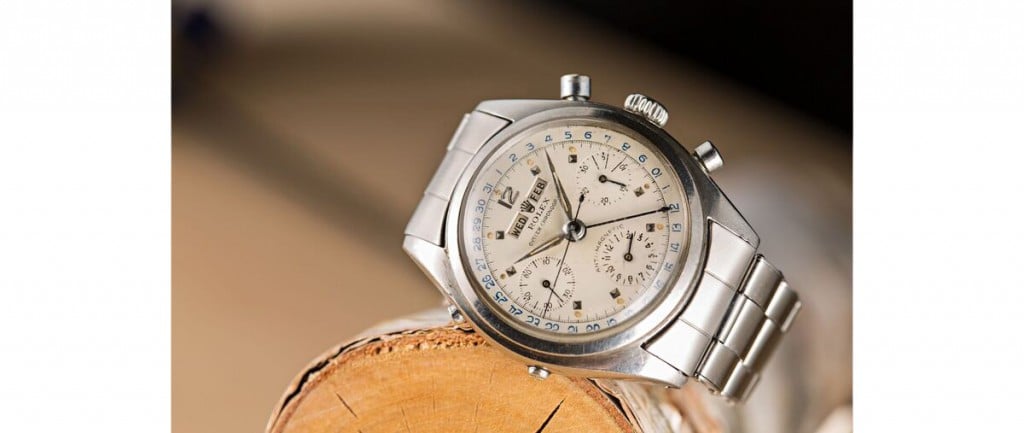
Each had three chronograph registers, and each also featured a big date – wheels for day and month – and a central hand pointing to a date of the month chapter ring at the edge of the dial. Lug style and size were the main differences between the various references.
RECOMMENDED READING:
3 Ways to Wear the Rolex Cerachrom Bezel
The One Rolex With Everything You Need And Nothing You Don’t
3 Ways to Wear the Jubilee Bracelet
However, there is no known photograph which shows Killy wearing any of these watches. So how they became known as Killys is anybody’s guess.
These watches pretty well represent the pinnacle of Rolex chronographs before the introduction of the Daytona reference 6239 in 1963. And a decade later, the Paul Newman Daytona made its inauspicious debut. Inauspicious in that they were not popular. They sometimes sat on jewelers’ shelves for years, before the watch was inadvertently made famous by the actor/ racer/ salad dressing maker. Indeed, these days its tough to get your hands on one for less than six figures.
But what of today’s Daytona? Many thought the fiftieth anniversary timer should have been an homage to the Paul Newman. But that wach was a platinum cased, ice blue dialed piece with a chocolate Cerachrom bezel. Unfortunately, the Daytona junkies would have to wait a few more years.
This spring at Baselworld, the Daytona faithful finally got their wish – a white dialed, black sub-dial chapter ringed, black Cerachrom bezeled beauty! About as close to a Paul Newman homage as Rolex is likely to produce.
And of course, it carries Rolex’s magnificent column wheel chronograph calibre 4130. Some say this calibre is the best chronograph movement ever designed. It carries with it the designation of Superlative Chronometer, Rolex’s own certification which states the assembled watch is precise to -2/+2 seconds per day.
Much has been made about this latest Rolex chronograph. Style-wise and accuracy-wise, this latest Cosmograph Daytona is a worthy successor to both the Daytonas, and the pre-Daytona Rolex chronographs that paved the way.
//
